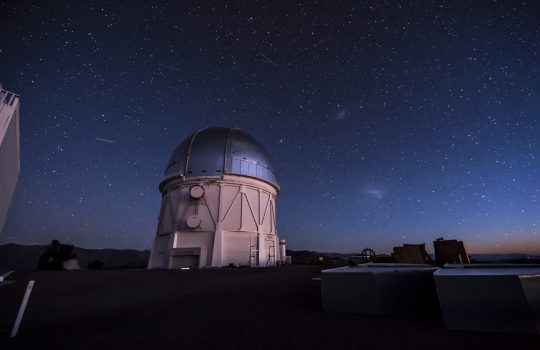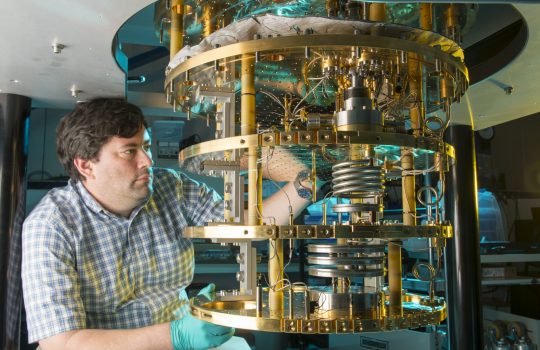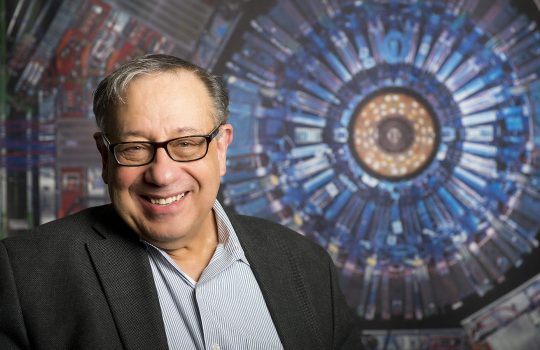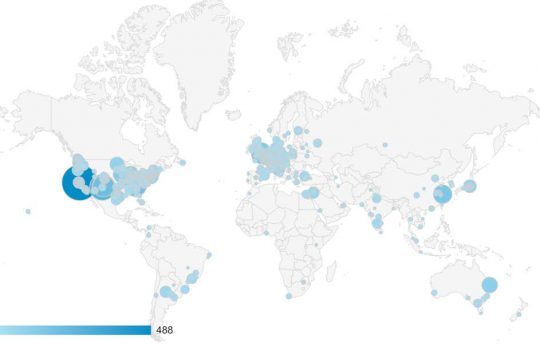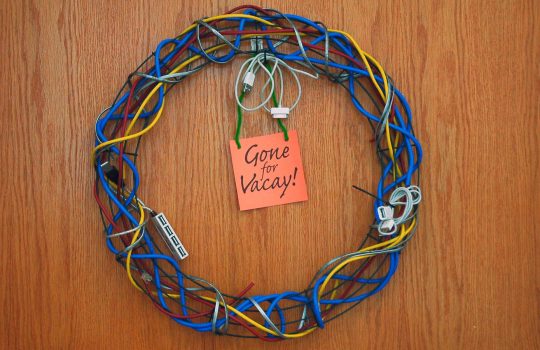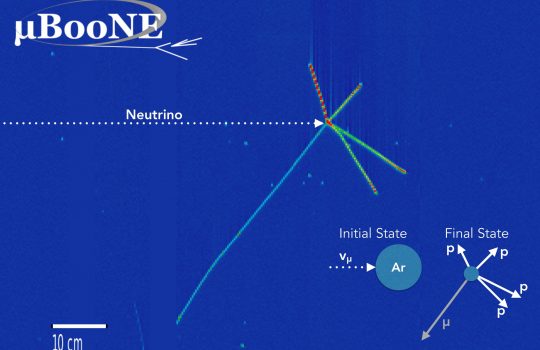Data from antipodal places: First use of CMB polarization to detect gravitational lensing from galaxy clusters
For the first time, a team of scientists has used the orientation of light left over from the early universe to detect gravitational lensing from galaxy clusters – the bending of light around these massive objects. Using gravitational lensing data taken by the South Pole Telescope and the Dark Energy Camera, Fermilab scientist Brad Benson and colleagues have demonstrated a new way to “weigh” galaxy clusters and ultimately shed light on dark matter, dark energy and other mysteries of the cosmos.

